Take a journey around the world to places that will make your hair raise and spine tingle — just remember to keep your night-light on tonight ;-)
WARNING: Some viewers may find the following pictures disturbing.
1. The Catacombs of Paris



Skulls and bones are seen neatly stacked at the Catacombs under the city of Paris. These underground quarries were used to store the remains of generations of Parisians in a bid to cope with the overcrowding of Paris's cemeteries at the end of the 18th century, and are now a popular tourist attraction.
2. The Mummies of Guanajuato, Mexico

3. The Banwell Bone Cave in Somerset, England
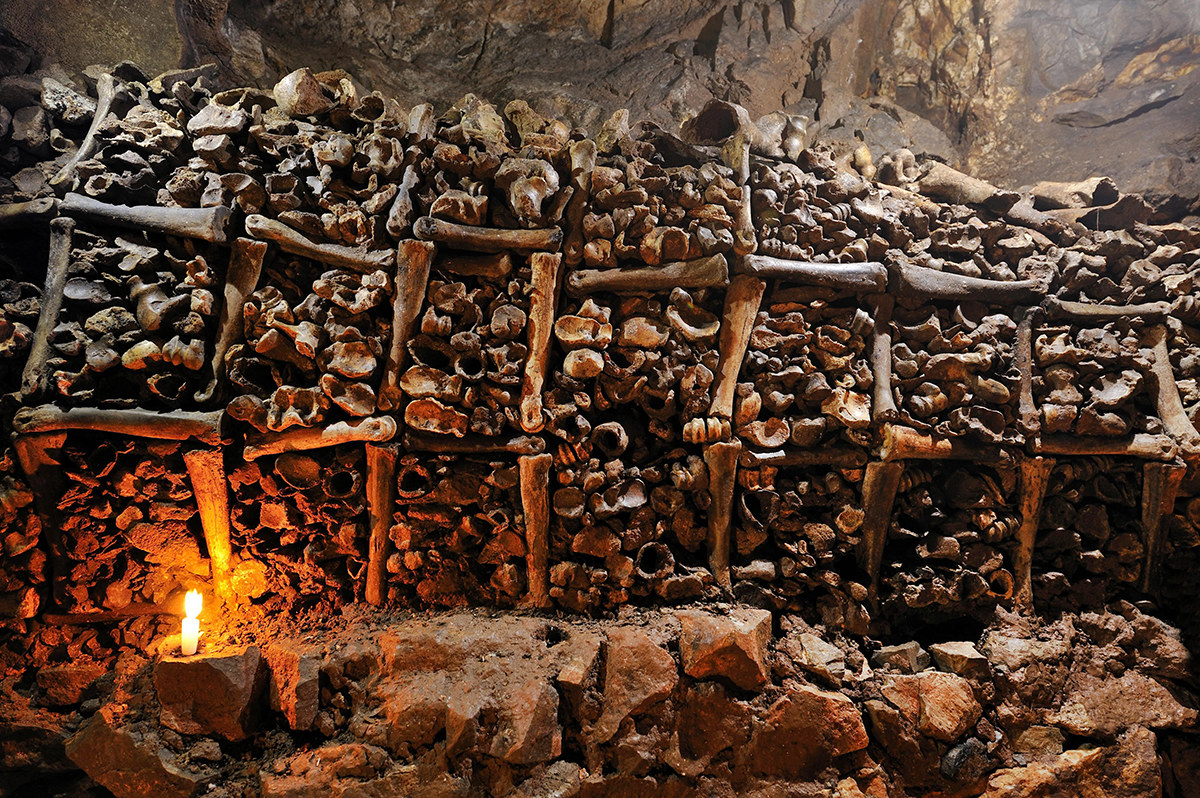
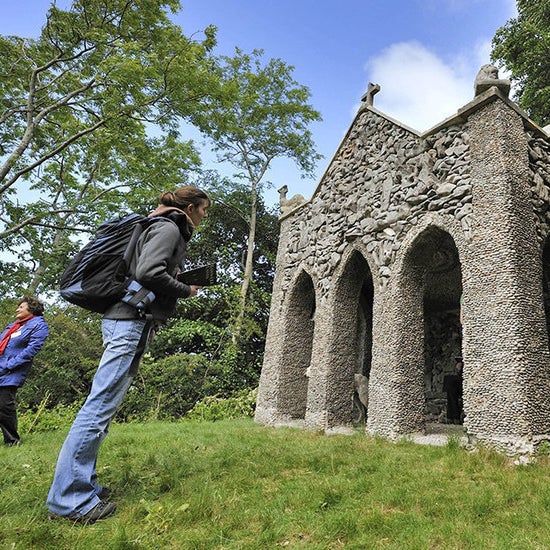

For just four days during each year, the Banwell Bone Cave in Somerset, England, opens its doors to allow the public a rare glimpse into an amazing past age. The site was discovered in 1824 by complete accident. A stalactite cave had been found by mineral miners in 1757, and in 1824, in order to make an easier entrance for the public, a tunnel was driven into the hill at a lower level. What the miners found instead of the Stalactite Cave was a chamber containing large quantities of prehistoric animal bones stacked into piles reminiscent of the catacombs. Believed to be from the Pleistocene era (80,000 years ago), the species found were similar to those found in the Arctic Circle today (bison, otter, wolf, arctic hare, reindeer, northern vole, red fox, arctic fox and brown bear).
4. The Capuchin Catacombs of Palermo, Italy
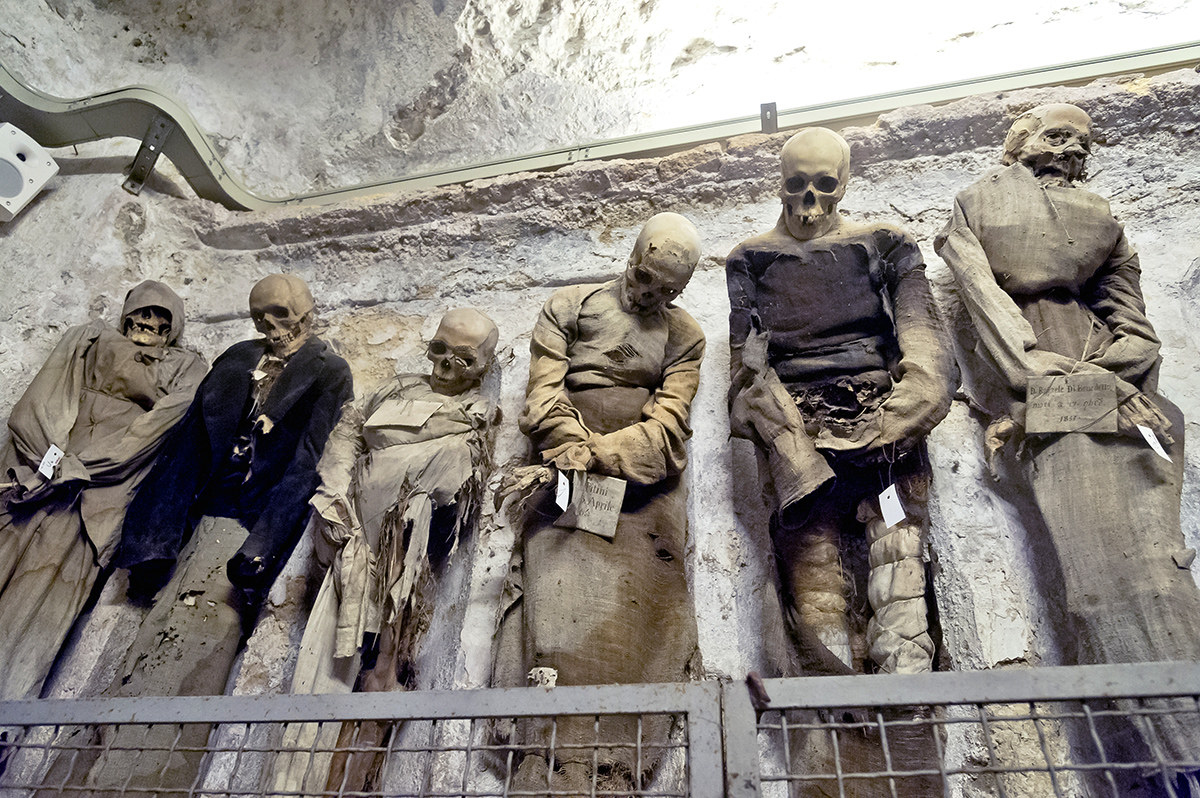


The Capuchin Catacombs of Palermo preserves approximately 8,000 mummified bodies of nobles, bourgeois, and representatives of the clergy, from 1500 until the end of the 19th century.
5. The Mütter Museum in Philadelphia
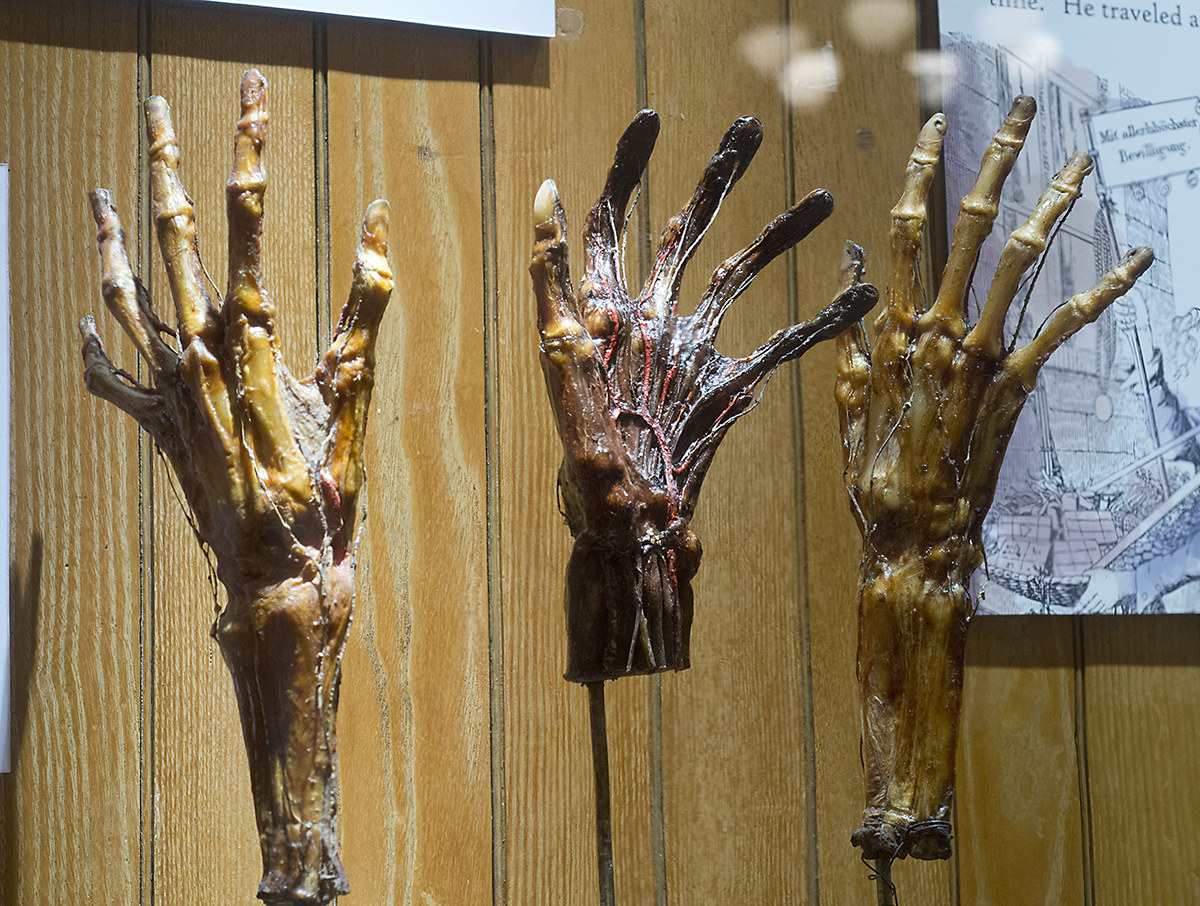


Dried hands are part of the Grimm's Anatomy exhibit at the Mütter Museum of the College of Physicians of Philadelphia. "We don’t sugarcoat or glorify anything," says curator Anna Dhody. "We ask visitors to come with open minds and focus on the subjects that appeal to them." The authentic human head was created in early the 1930s, while the "Soap Woman" mummy is the body of a woman who died sometime in the 19th century and was buried in soil with chemical properties that turned her into soap.
6. Chauchilla Cemetery near Nazca, Peru
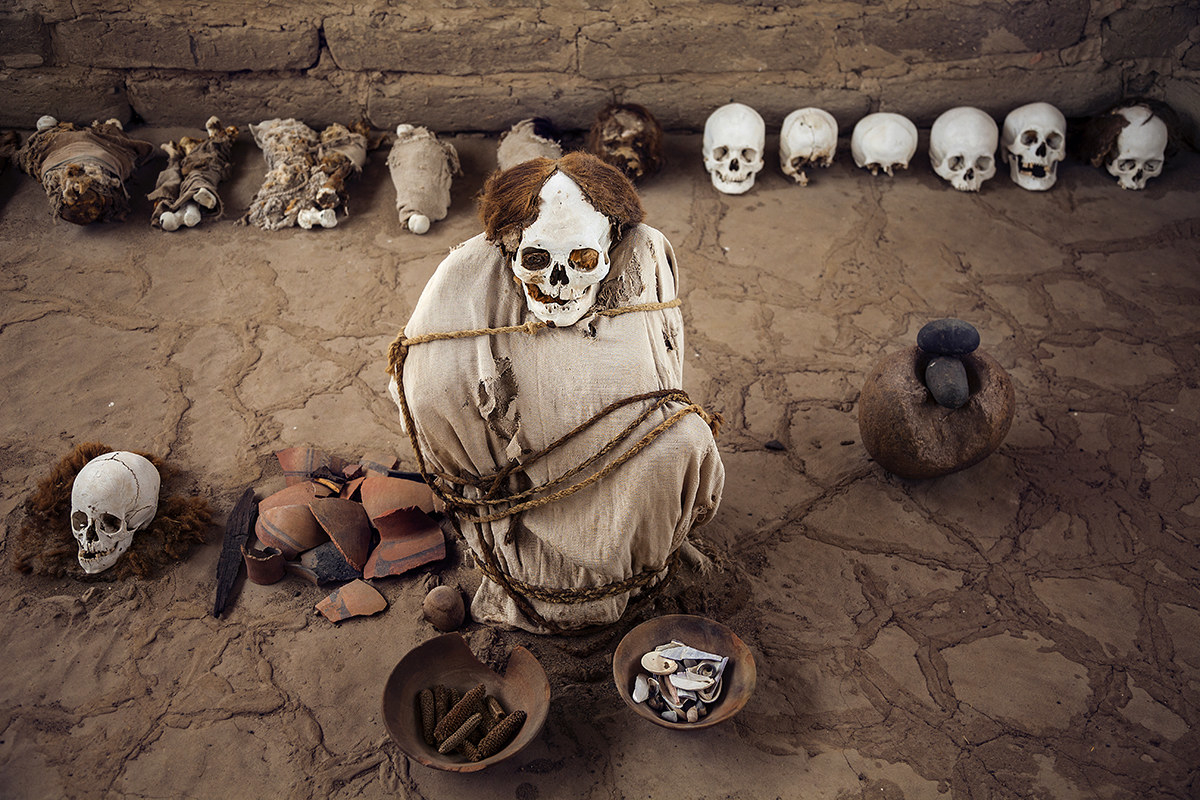
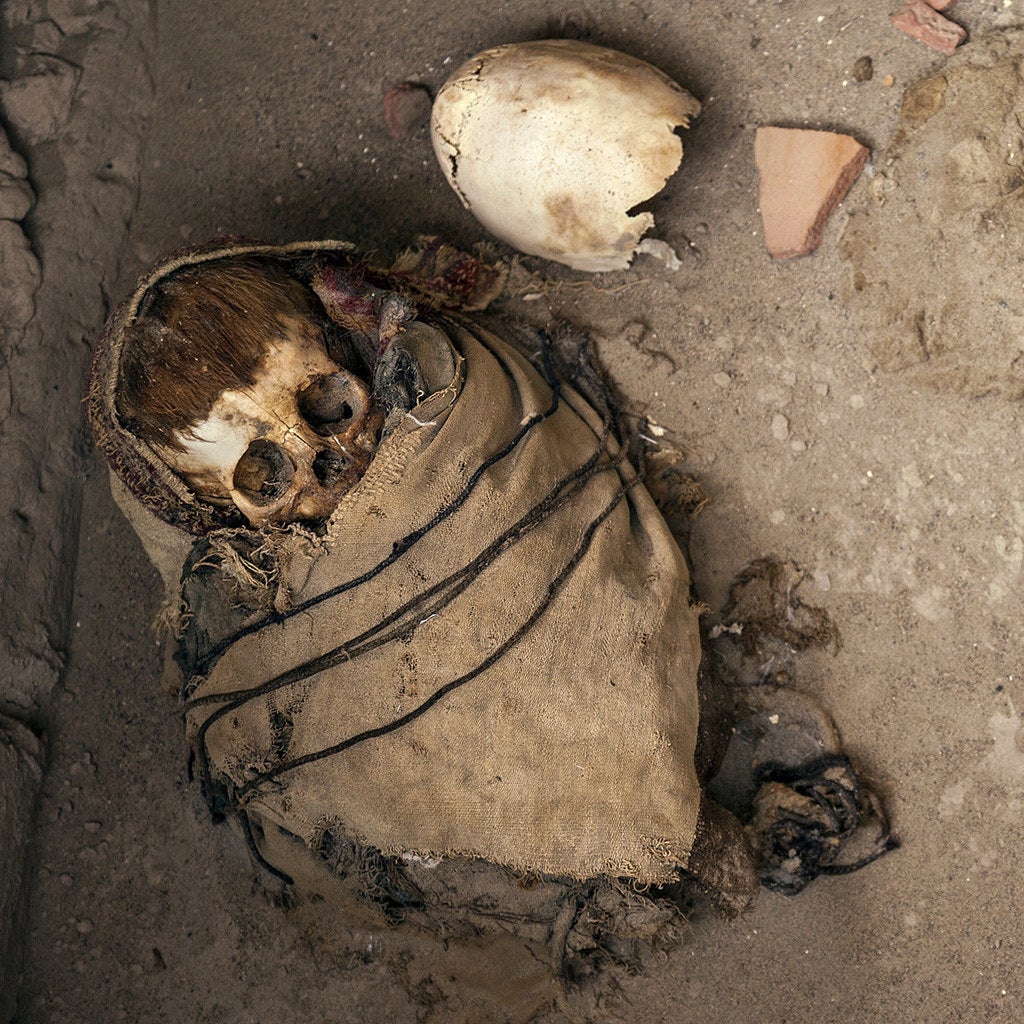

The Chauchilla Cemetery is a necropolis that contains pre-Hispanic mummified human remains and archeological artifacts, located 19 miles (30 kilometers) south of the city of Nazca in Peru. The bodies are so remarkably preserved due mainly to the dry climate in the Peruvian Desert but the funeral rites were also a contributing factor. The bodies were clothed in embroidered cotton and then painted with a resin and kept in purposely built tombs made from mud bricks. The resin is thought to have kept out insects and slowed bacteria trying to feed on the bodies.
7.
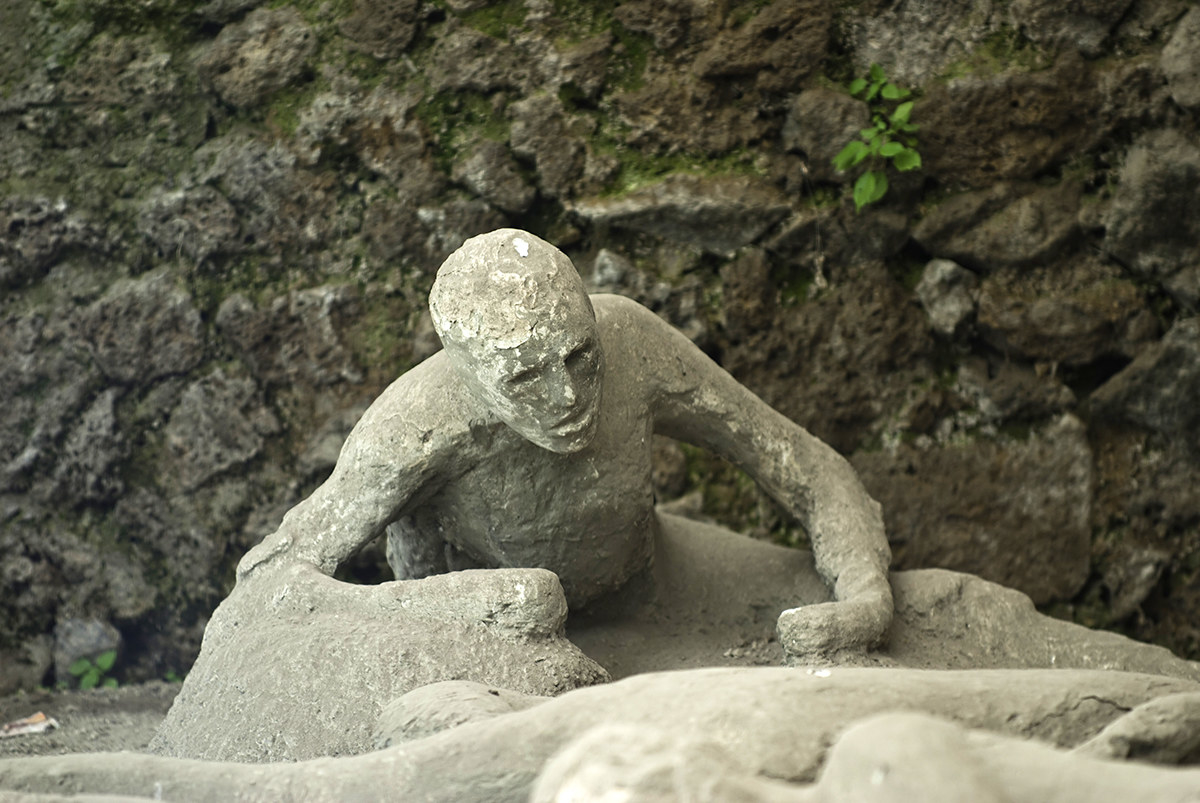
The victims of Mount Vesuvius in Pompeii
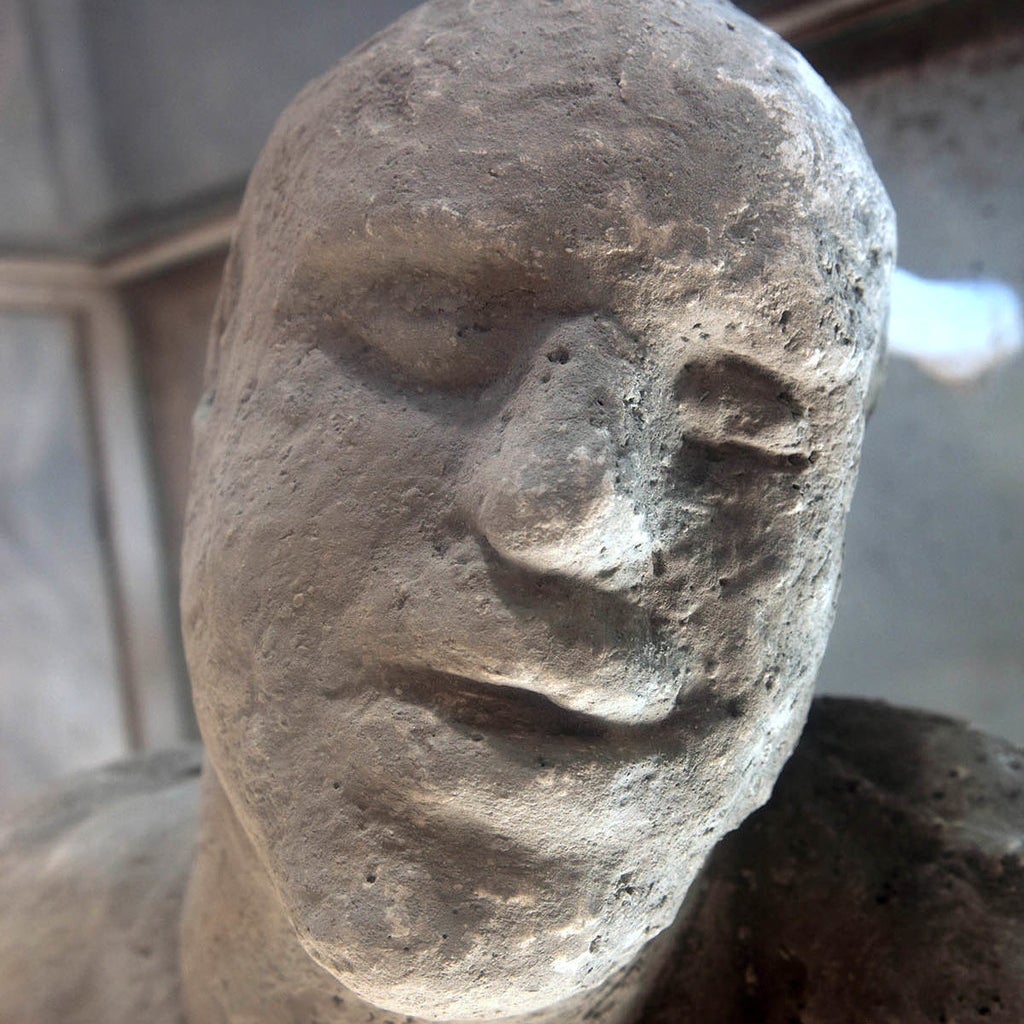

Pompeii is famous for the ruins of its ancient city, in which the unexpected and sudden eruption of Mount Vesuvius in 79 AD buried the city in up to 20 feet of volcanic ash. During the excavation, plaster casts were laid at the locations of the dead, allowing archeologists to see the exact position in which they died.
8. The Chinampas of Xochimilco, Mexico



Eerie dolls are seen hanging from the trees of some of the "chinampas" (artificial islands) located in Xochimilco. Originally intended to protect from evil spirits, they are now a tourist attraction observable from daily boat tours provided by the locals. In the bottom left picture, a "trajinera" (Mexican traditional flat-bottomed river boat) is seen moored and waiting for tourists at the Xochimilco canal, in southern Mexico City.
9. The Sedlec Ossuary in Kutná Hora, Czech Republic
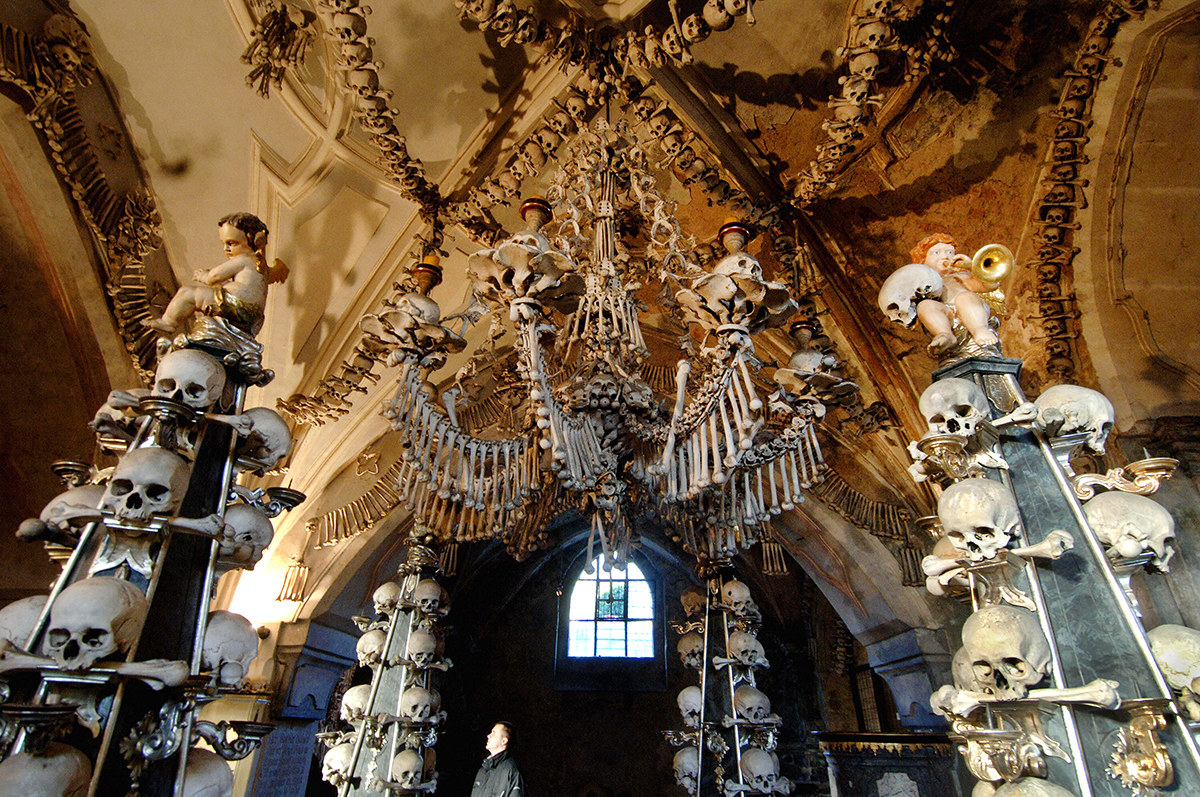

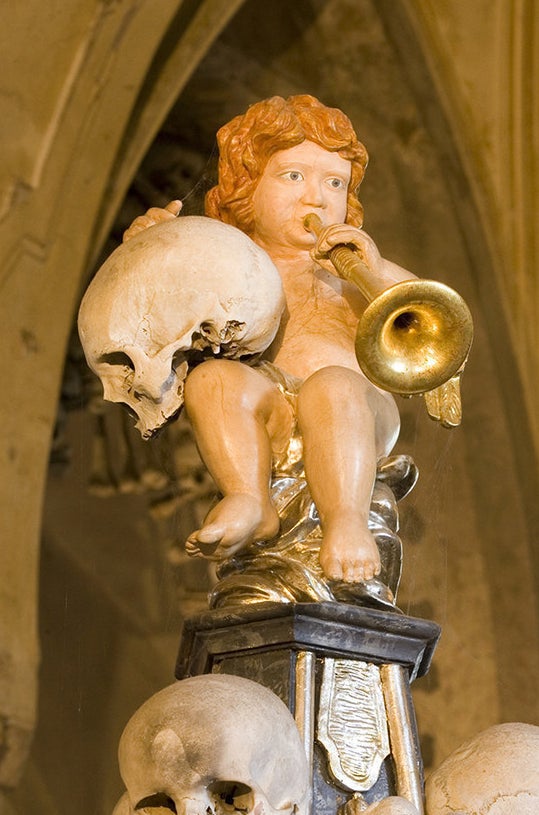
A Baroque period bone chandelier is seen hanging over four Gothic pinnacles in the Sedlec Ossuary, a small chapel beneath the Cemetery Church of All Saints in Kutná Hora, Czech Republic. Although the ossuary dates back to the 14th century, its current decoration is made of some 40,000 human remains from the 18th century.
10. The Aokigahara forest near Fujikawaguchiko, Japan



This lush and beautiful forest at the base of Mt. Fuji is widely known as Japan's "Suicide Forest" for the alarmingly high number of suicides that occur in the wilderness each year. Because of this, many Japanese spiritualists believe that the forest itself is haunted by restless spirits. Upon entering the forest, an official sign reads, "Your life is something precious that was given to you by your parents," while a second sign reiterates, "Meditate on your parents, siblings and your children once more. Do not be troubled alone."
11. The Ibaloi Mummies of Kabayan, Philippines



The Ibaloi Mummies, known also as "fire mummies," were discovered along the mountainous slopes of Kabayan, Philippines. They take their name from their mummification process, which includes drying out the corpses of their loved ones over an open flame. Today, many of these mummies remain untouched in their final resting place.
12. Capela dos Ossos near Lisbon, Portugal
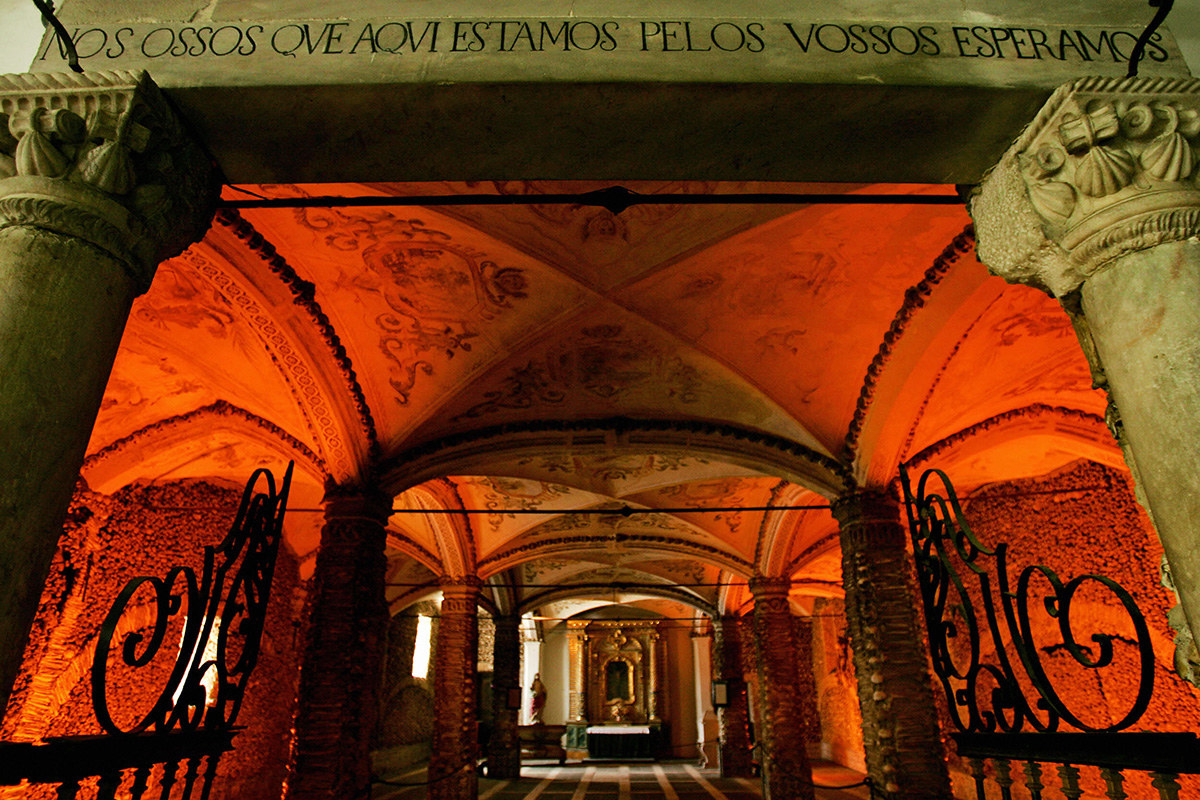
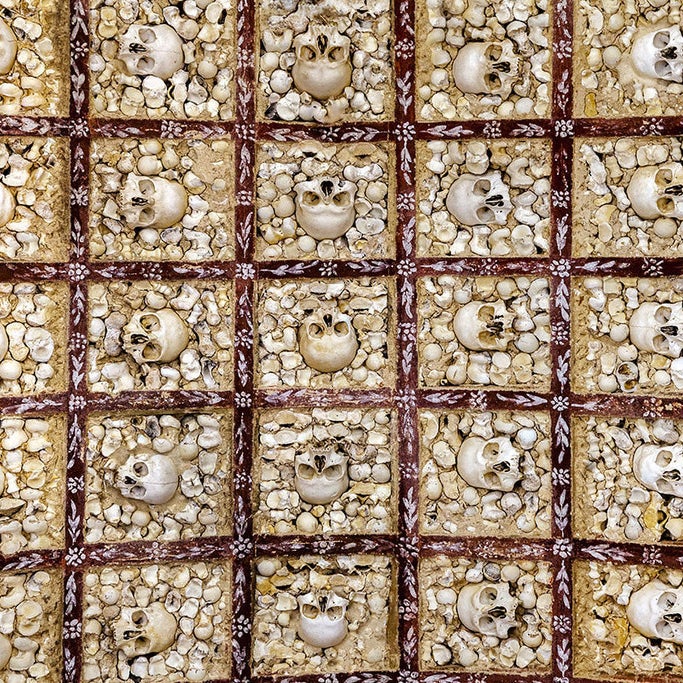

The Capela dos Ossos (chapel of bones) was built by Franciscan monks between 1460 and 1510, and was constructed of the bones of some 5,000 people. The chapel is located directly next to the entrance of the Church of St. Francis in Evora, 100 km south east of Lisbon.
13. The Capuchin Crypt in Brno, Czech Republic


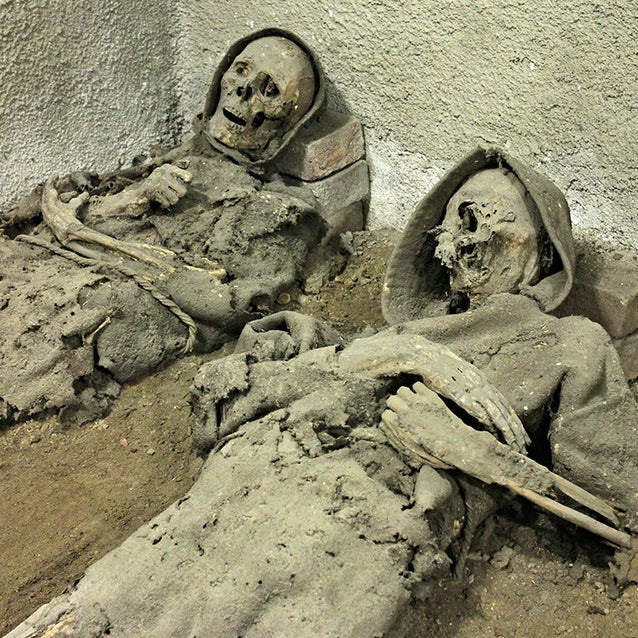
An employee rakes the earth between mummies in the tomb of the Capuchin monastery in Brno, Czech Republic. In the Capuchin Crypt, monks and supporters of the religious order were buried until the end of the 18th century. Due to a special ventilation system and the composition of the rock, several of the bodies have become mummified.
See more frightening sites around the world at Getty Images.
